Although we all seem to celebrate Christmas in the same way, with Christmas trees, lights, baubles and gingerbread, each country has its own traditions and customs. Some of them go far back in time, to the beginning of Christianity and sometimes even to pre-Christian times. One such custom is the burning of logs at Christmas or throughout the winter holidays. The custom comes from the Nordic countries, basically the Scandinavian Peninsula, and the log is called Yule, the ancient name for the festivals during the winter solstice. We find this custom in many European countries, even in our part of Banat, but in each country there are specific elements.

Initially, the log was actually a whole tree that was brought into the house with great pomp and put with the thicker end in the fire. It had to burn every day, a little bit at a time, for 12 days, from Christmas Eve until Epiphany. The fire had to be lit with leftovers from the previous year's log, and the person lighting it had to have clean hands. Nowadays, because it is difficult to bring and burn a tree in the house, the custom has changed.
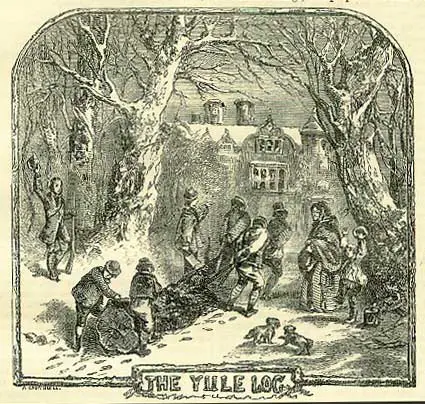
In France, it is customary for the whole family to help cut a cherry log into small pieces which are put on the fire every night for 12 days. What remains is kept in the house until the following year to protect the house from lightning and thunder. Sometimes the wood on the fire is sprinkled with wine to spread a pleasant aroma.
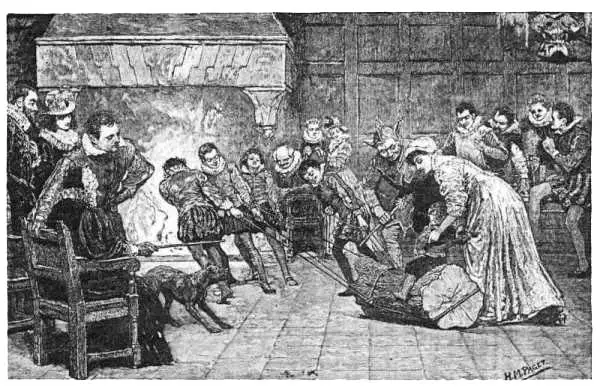
In some regions of the Netherlands it's the same custom, but the leftovers are hidden under a bed until the following year to protect the house and its inhabitants all year round.
In Britain (Cornwell) the log is called 'The Mock'. It is first dried and the bark is removed before being put on the fire. It is customary for barrel makers to give customers a piece of wood as a gift to be burned on Christmas Eve. In England oak is the wood burnt on Christmas night, and in Scotland birch is used.
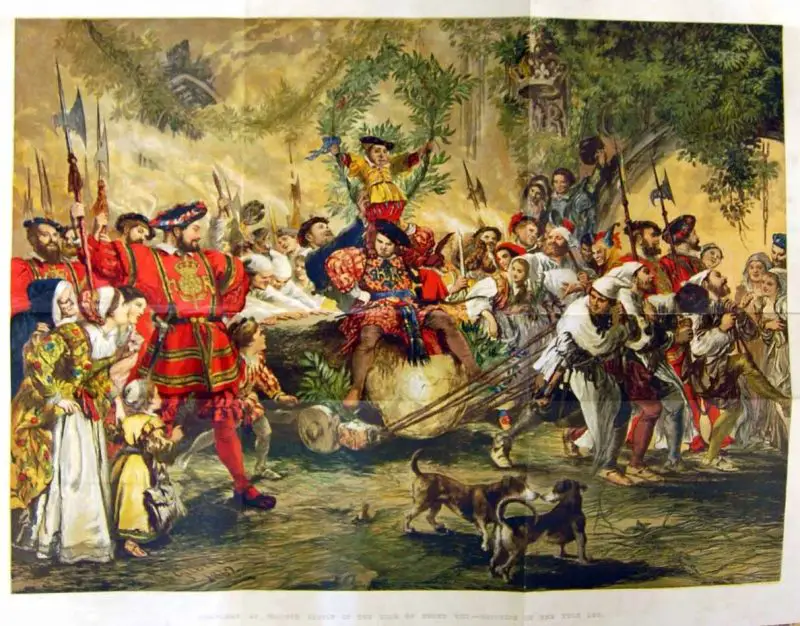
In Devon and Somerset, instead of burning a log, a large pile of ash twigs is burned. This custom comes from a local legend that on Christmas night, shepherds discovered Joseph and Mary freezing cold and quickly lit bundles of twigs to warm them.
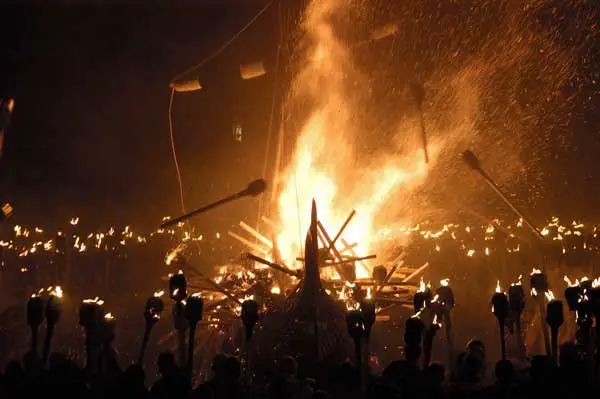
Even in our country, before the custom of decorating the Christmas tree was adopted, there was the ritual of burning the oak log, symbolizing the burning of the past. In the fire and the sparks that flew out, the signs of the new year were read. The remaining ashes were spread on the fields for rich harvests. This custom died out and was replaced by the custom of decorating the Christmas tree, and the sparks from the tree stump were replaced by candles and, later, candle lights. But the Serbs in Banat still keep it. They celebrate Christmas the old-fashioned way, and on the eve of the feast, January 6, they burn a young oak tree called Badnjak in the home's furnace or in the churchyard. It is said that the more sparks, the richer the year.
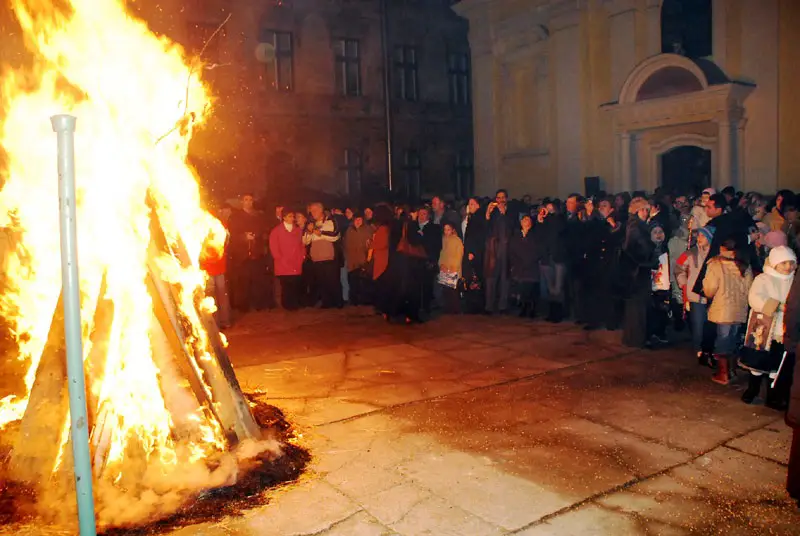
The ashes left over from the burning of the Christmas log are put on plants or spread in the fields. But it is a sign of great misfortune if this ash is thrown away on Christmas Day.
The custom of log burning has also given rise to a culinary custom. One of the cakes served at the Christmas table is the Yule log, a roll made from a thin sponge cake with cocoa and whipped cream. The roll is covered with chocolate or chocolate ice cream and decorated to resemble the bark of a tree.
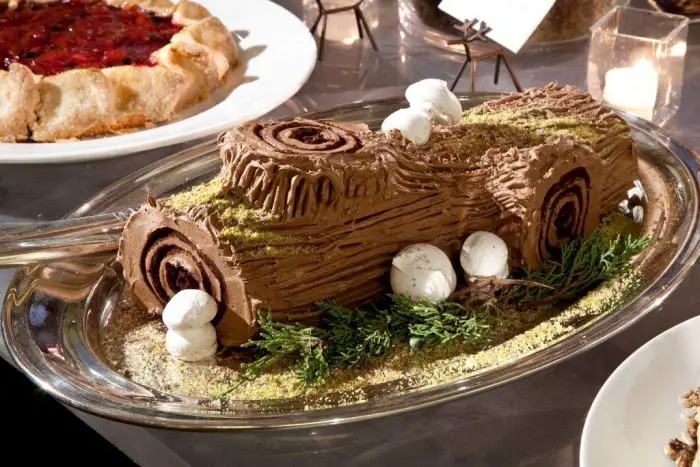
Now, in many families, the custom is reduced to a symbol. The Christmas table has a piece of wood in the center where candles are placed,
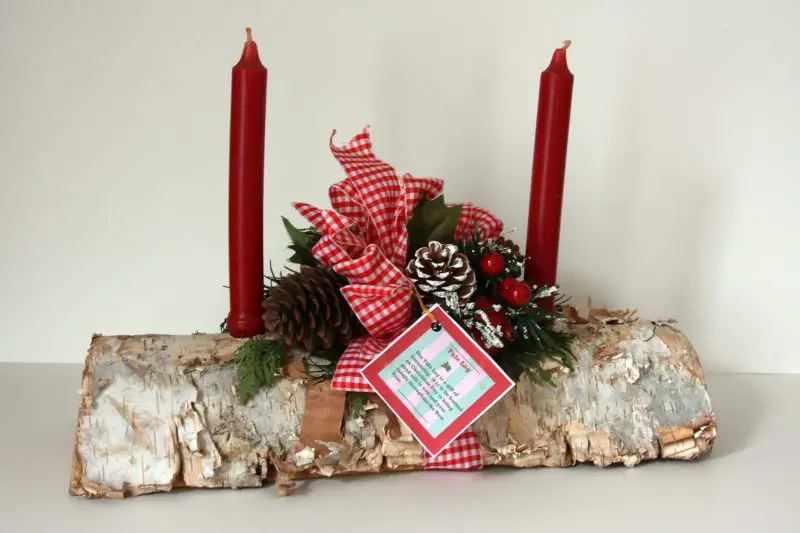
or the decorated wood is placed in front of the fireplace and kept there for all 12 days of the holiday.
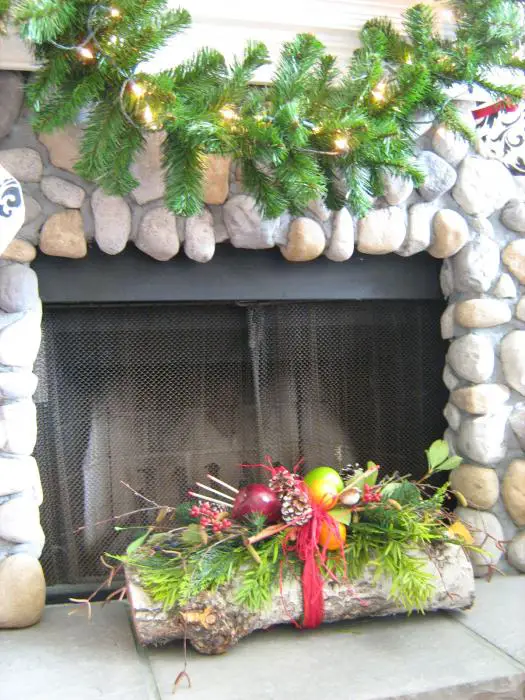

































I will try to convince my son (9 years old...boy, and you know how it is, some boys...harder to read:)..) to try the Christmas log story. I'm 99% sure he will love it! :))
You've got me totally captivated!
Good health and Happy Holidays!
And I hope he likes it. 🙂 Merry Christmas and holidays with health, peace and quiet!
I think the name Busteni comes from this celebration...on signs people used to gather there and celebrate together the celebration of the resurrected sun...